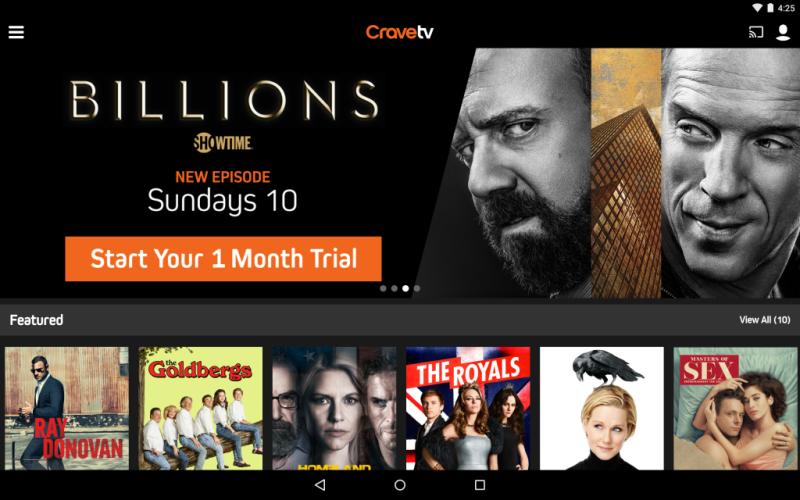Stream Advertising The Battle for Attention

**Advertisers' Nightmare: Ad Blockers & Skips – The Battle for Attention**
In the digital age, advertising is the lifeblood of businesses seeking to connect with consumers. From social media to search engines and video platforms, ads help companies build brand awareness, generate leads, and drive sales. However, this vital marketing tool faces a growing threat: **ad blockers and ad skipping technologies**. These tools, designed to give users control over their online experiences, are creating an advertisers' nightmare by making it increasingly difficult to reach their audiences. As ad blockers gain popularity and consumers become adept at skipping ads, advertisers are faced with a critical question: how do they cut through the noise in a world where ads are so easily ignored?
### The Rise of Ad Blockers
Ad blockers are software programs that prevent ads from being displayed on websites and apps. These tools have become incredibly popular in recent years, with millions of users worldwide adopting them to avoid disruptive or intrusive ads. According to a 2023 report by Statista, over **42% of global internet users** now use some form of ad-blocking software, and that number is expected to grow.
The rise of ad blockers has been driven by several factors:
1. **Intrusiveness of Ads**: Pop-ups, auto-play videos, and banner ads can disrupt the browsing experience, leading users to seek ways to remove these distractions.
2. **Privacy Concerns**: Many ads rely on tracking cookies and personal data to target users with personalized content, raising privacy concerns for internet users.
3. **Ad Fatigue**: In a world where consumers are bombarded with hundreds of ads daily, many people experience "ad fatigue" and become more inclined to block them altogether.
For advertisers, the implications of ad blockers are severe. Not only do they reduce the reach of digital ads, but they also lead to lost revenue opportunities and hinder the ability to deliver targeted messages. Brands are left scrambling for alternatives to engage audiences who are becoming increasingly adept at avoiding ads.
### The Popularity of Skipping Ads
While ad blockers remove ads from a user’s experience entirely, another problem advertisers face is **ad skipping**. Platforms like YouTube and streaming services allow users to skip ads after a few seconds, reducing the impact of video advertising. For example, on YouTube, many ads come with a “Skip Ad” button after the first five seconds, and data shows that more than **65% of users** will skip the ad as soon as possible.
Advertisers spend significant amounts of money producing video ads, but with ad skipping becoming the norm, it’s harder to hold viewers’ attention. This short window of time—often referred to as the “first five seconds”—has become a critical battleground for advertisers. If the content doesn’t immediately grab attention, it’s likely to be skipped, rendering the ad ineffective.
### The Impact on Digital Advertising Strategies
The widespread use of ad blockers and skips has forced advertisers to rethink their strategies and adapt to the changing landscape. Here are a few ways advertisers are responding to this challenge:
1. **Native Advertising**: Native ads are designed to blend seamlessly with the content users are consuming, making them less disruptive and more engaging. Because they look and feel like regular content, native ads are less likely to be blocked or skipped. Platforms like Instagram, TikTok, and LinkedIn have embraced this format, allowing brands to create ads that feel more organic.
2. **Content Marketing**: Instead of relying on traditional ads, many brands are turning to content marketing—creating valuable, informative, or entertaining content that attracts and engages their audience. By building trust and providing value upfront, businesses can foster a relationship with consumers that drives conversions without relying heavily on disruptive ads.
3. **Personalization**: While privacy concerns have driven some users to ad blockers, personalization done correctly can still be effective. Ads that are highly relevant to a user’s interests and needs are less likely to be seen as intrusive and more likely to be engaged with. This makes data-driven, targeted ads still valuable—though they must be handled with care to avoid coming across as invasive.
4. **Shorter, More Engaging Ads**: With the rise of ad skipping, brands are focusing on creating shorter, more impactful ads. Platforms like TikTok have popularized short-form video content, and advertisers are adapting by creating engaging ads that convey their message quickly. The goal is to grab the viewer’s attention within the first few seconds to minimize the risk of skips.
### The Future of Advertising in an Ad-Averse World
As ad blockers and skips become increasingly prevalent, advertisers are faced with the challenge of finding new ways to connect with consumers. The shift from traditional ads to content-driven and more personalized approaches is already underway, but the future of advertising will require constant adaptation.
Brands that prioritize user experience, create engaging content, and respect consumer privacy will be better positioned to thrive in this ad-averse environment. While ad blockers and skips may be a nightmare for advertisers, they also present an opportunity to innovate and reimagine how businesses connect with their audiences in meaningful ways.









Comments